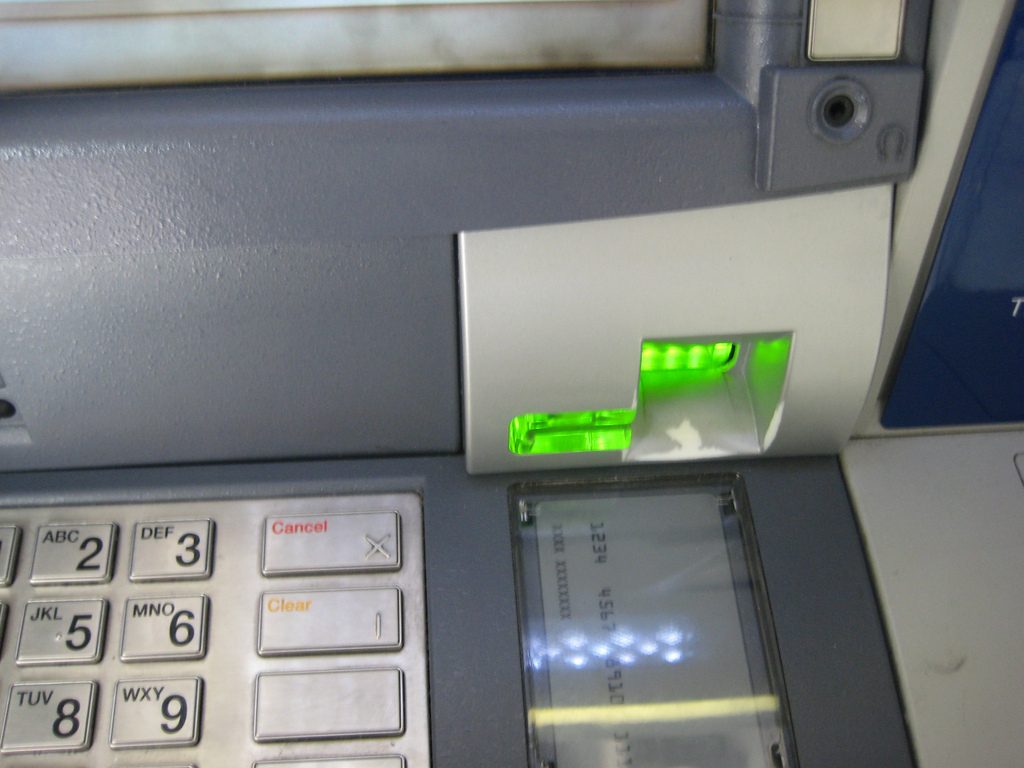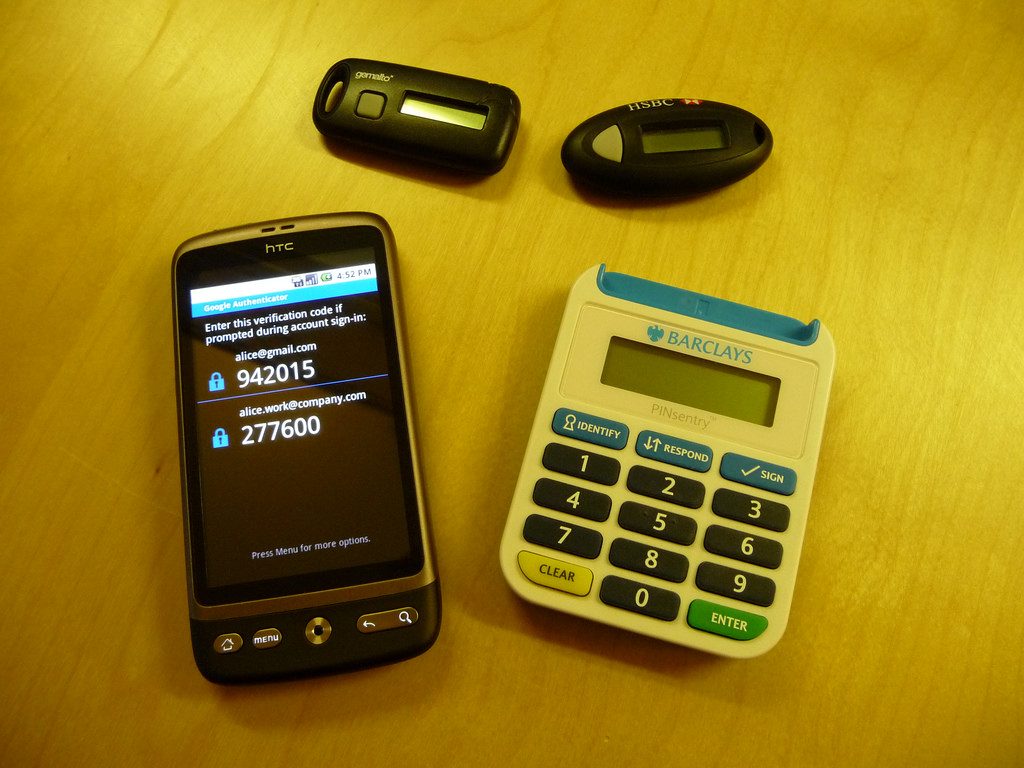According to IBM Security, the information security of the financial sector was targeted 65 percent more than other businesses in 2016, with hackers stealing more than 200 million records. And it makes sense considering this is where the money is. Tech professionals in the finance industry, therefore, have their work cut out for them, and they must remain ever-vigilant to protect against all sorts of cybercrime, including insider attacks, phishing attacks, ransomware, malware, and outsider attacks.
What’s more, the malware makers have switched targets from big business accounts and banks to smaller wealth management firms, private banks, and high-value accounts. So, the people in charge of digital security need to step up their game and invest in advanced technology like this:
1. Cognitive computing
Certain financial institutions are implementing advanced security measures that utilize AI to ward off threats and cybercrime more effectively.
For example, the first security operations center was launched in Switzerland by SIX for the Swiss Financial Market. Developed on IBM’s cognitive computing technology platform, it is supposed to assist banks to deal with cybersecurity problems while maintaining the strict financial rules of the country. Currently, it monitors and logs every network activity for financial services clients.
The security center is useful as it detects correlations and patterns in data related to users accessing the network and notifies the security analysts deployed at SIX about potential security issues, who remain on 24/7 standby (sort of like any military base).
The analysts at SIX then have to determine whether the activity is truly suspicious, like a cluster of unsuccessful login attempts, or is a genuine/technical error, like someone forgetting or mistyping their password too many times.
If access activity seems suspicious, it is compared against external data, like familiar attack patterns, unknown IP addresses, and names of past offenders (you can watch “Jason Bourne 5” and see this in brilliant form). So, thanks to cognitive computing what took hours earlier, now happens automatically and in real-time.
2. New access modes

Financial institutions must adopt an advanced authentication level to make financial transactions safer. Nowadays, simply using a complex password and username isn’t enough since hackers constantly innovate new methods to crack the confidential credentials of users.
Thus, banks and other economic organizations must deploy new technology that detects cybercrime according to the patterns found in website navigation and transactions.
These include, among others, a PIN, smart cards, and facial recognition. Considering how more and more customers of banks are using mobile gadgets, banks need to employ verification methods, such as dynamic device authentication and transaction verification. Hopefully, that bank does not do what Wells Fargo did and just make up accounts to fool investors, but this is another topic!
3. Try out blockchain technology
Unless you’ve been living under a rock the past couple of years, the term “blockchain technology” might have come to your attention by now. Well, then what is this miraculous blockchain technology? For starters, the technology is on the brink of changing everything we know about financial services and banking. (Too bad it cannot do anything about “Thor III” or “Star Wars: The Last Jedi” — those movies crashed and burned!)
Why? Because it decentralizes the financial management process from a central authority and assigns it to a wide network of computers. What this means is, financial transactions are broken down into “blocks” or encrypted packets, which are then implemented in the “chain” of computer code and further encrypted for improved security.
In fact, blockchain has earned a nickname for all this — “email for money.” And it is catching on as people understand how various aspects of the banking industry stand to gain from blockchain. This also forms the basis for other banking technology trends, including bitcoin. So there is no longer any doubt that blockchain will invoke a sea change in the financial sector; it’s only a matter of finding out when.
4. New and improved ATMs

When ATMs first hit the banking scene in 1967 (much to the delight of thieves – many of them dumb – just watch that hilarious “Barbershop” movie!), their introduction revolutionized the sector. But nobody could have guessed how far they’d come. ATM technology is being updated constantly, and the next step is contactless payment methods.
What this means is, you will soon be capable of performing ATM transactions without any physical contact using just your smartphone, similar to what’s going on with Google Wallet and Apple Pay.
And, that’s not all. Other ATM innovations are also coming to the forefront such as iris recognition and biometric authentication. And the best part about these technologies is that they are capable of helping the overall banking industry by upping the security and safeguarding against ATM hacks.
Even though it could be a while before North American banks let up the harsh regulations and allow upgrades to be made to ATM machines, the prospect of safer and more secure banking is too good an opportunity to pass up.
5. Wearables
Gone are the days when passwords had to be protected with your life. Now, thanks to wearable technology, the proximity to your body allows for better utilization of biometrics, so you can be seamlessly authenticated at any time.
This is significant for a variety of reasons. For starters, customers often put their security at risk by forgetting their passwords and inquiring about passwords. In many cases, they lose interest altogether when they cannot recall the word. Once you eliminate this seed, customer satisfaction is significantly improved while servicing cost and attrition are reduced.
Wearable technology also supports biometric authentication, and that method is greatly secure than memorized codes since biometrics cannot be stolen easily. Devices such as the Apple Watch are able to identify when their owners are still wearing them. That means the Apple Watch is about as smart as your dog, which is fantastic!
But keep in mind that fingerprint scanning is not present here, because it requires the user to perform an action. It is critical that wearable technology not make the customer do anything to get authenticated.
6. Multifactor authentication

Multifactor authentication is slowly developing to accommodate the new digital demands of the financial sector. No wonder the technology is now becoming indispensable to banking security and fighting cybercrime. Multifactor authentication is evolving and creating new authentication protocols to help make the economic sector more secure.
A lot of consumers are already using multifactor authentication to gain convenient and quick access via their mobile devices. And financial institutions are betting on similar convenience and security benefits.
Warding off cybercrime
The financial sector must quickly adopt new technology if it is going to ward off the growing threat of cybercrime. Considering how persistent hackers are, as well as the changing modes of digital attacks, banks and other financial institutions would do well to cover all the bases if they are going to protect their data and not lose money.
Featured image: Shutterstock



